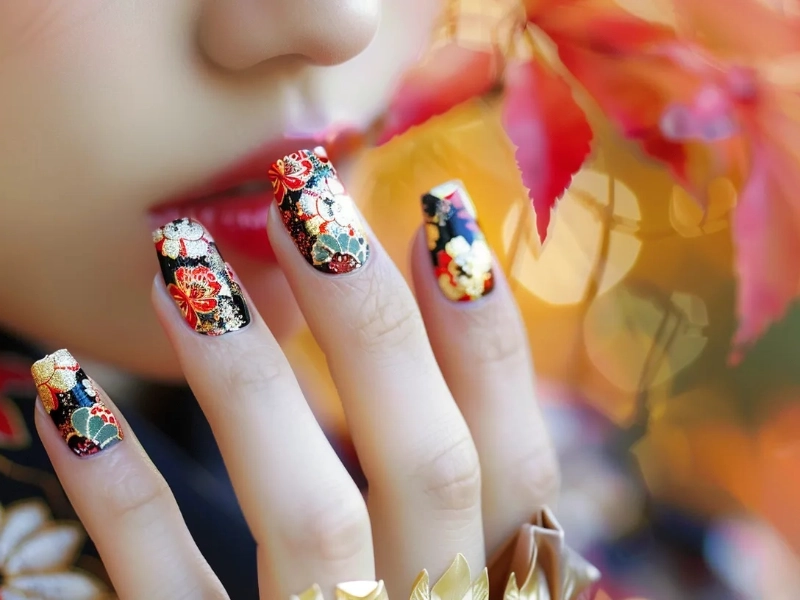Reflecting the particular customs, aesthetics, and social values of many countries, the interesting realm of nail art acts as a vivid canvas for cultural expression. From the understated elegance of Scandinavian patterns to the complex artistry of East Asian techniques, nail painting has developed into a potent vehicle of cultural narrative. Inspired by their historical legacy, modern trends, and social conventions, this research investigates how different nations have evolved their own unique nail art styles. By means of this worldwide tour, we learn how nail artistry goes beyond simple adornment to become a significant means of cultural expression and identity.
1. Japanese Minimalism and Precision

Japanese nail art perfectly combines modern technology with classic elegance. Renowned for their creative ideas and exacting attention to detail, Japanese nail artists have invented many current nail art styles. While keeping a neat, exact technique, the style frequently borrows ideas from traditional Japanese art such cherry blossoms, wave patterns, and kimono-inspired designs. Japanese nail art distinguishes itself by stressing negative space and the idea of "ma," the meaningful space between objects. Though always with a sense of balance and restraint, artists may employ cutting-edge methods such micro-painting and 3D embellishments. The popularity of Japanese nail salons has resulted in the creation of specialized training courses and certification programs, therefore setting rigorous criteria for technical quality and hygienic practices impacting the worldwide business.
